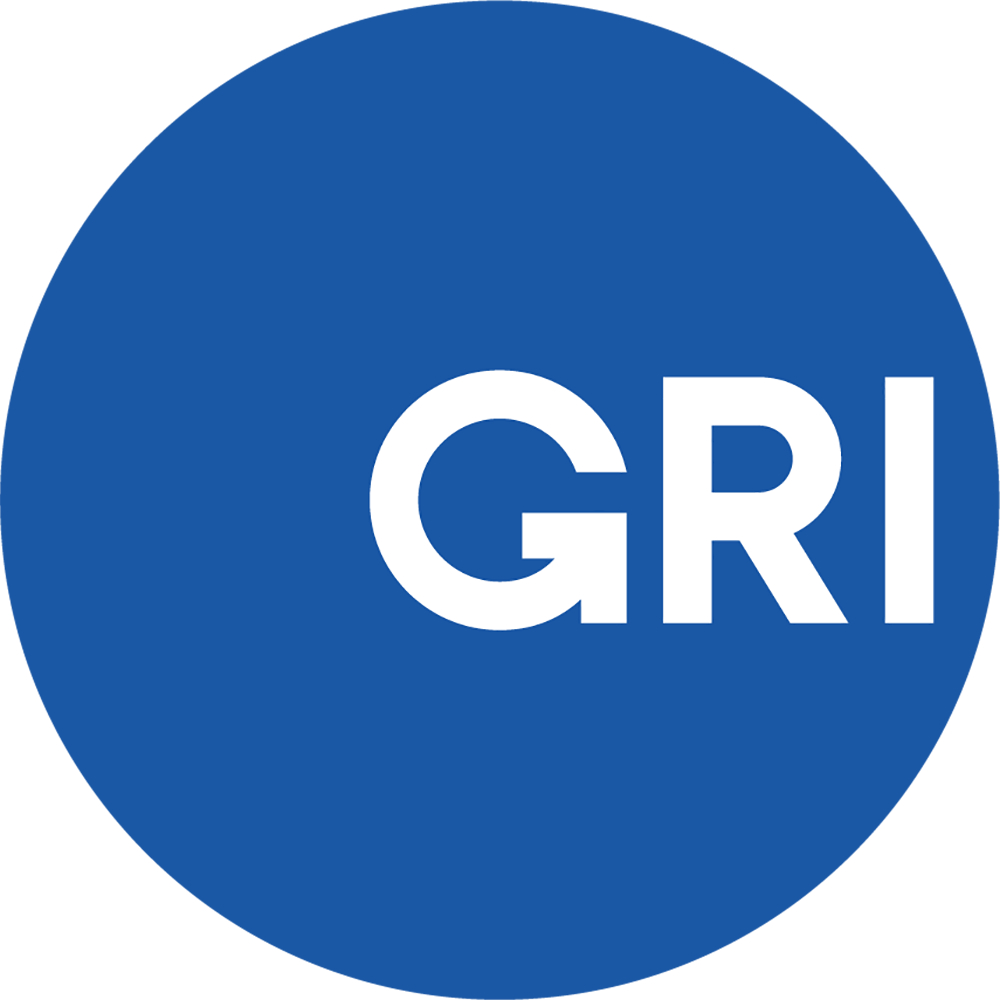How the GRI Standards Exam Will Benefit Sustainability Professionals: An Interview with Tim Lo

GRI recently launched a new online platform for people to test and demonstrate their knowledge on the GRI Standards. We asked Tim Lo, a Hong Kong-based sustainability planner and our first successful GRI Standards Exam taker, about his exam experience and how it adds value to his career as a sustainability professional.
What is the role of sustainability reporting in your profession?
I work for the BEAM Society Limited in Hong Kong, a public body that assesses green building planning, design, operation and maintenance. I am a professional sustainability planner by training and have extensive experience in preparing energy and carbon audits for buildings and construction sites, as well as designing environmental and sustainability plans for construction projects. We rely on sustainability reports to find out how property developers and building managers are playing a role in promoting a green building sector through their corporate or sales activities.
What motivated you to take the GRI Standards Exam?
I first learned about GRI when assessing my company's green building projects. By reading the GRI report submitted by one of our applicants, I was able to mine the necessary sustainability data and determine how well the property developers and building managers are performing at the corporate level. Having heard about GRI’s transition from the G4 framework to the Standards, I decided to take the GRI Standards Exam to step up my knowledge of the new reporting standards.
How was your experience with the exam process?
The registration was easy and self-explanatory. The installation of the exam software was a bit tech-savvy, but once you get through with the installation part, everything was easy and worked just how you would take an exam at the examination center.
You attended a GRI Training Course before taking the exam. Did you find it useful?
Although I am quite knowledgeable on the benchmarking mechanism behind the topic-specific GRI Standards, I lacked sufficient knowledge of the overall structure of the Standards and how to use them to prepare a report. The Certified Training Course filled in the gap and provided me with a deeper understanding of the three Universal GRI Standards.
What are your future professional plans with this acquired knowledge of the GRI Standards?
First, I can educate my colleagues on the GRI Standards to increase their understanding of the different components of the report, to be able to better assess whether a particular property developer or building manager is fulfilling the relevant corporate social responsibility requirements while developing green buildings. Second, I can persuade more leaders in the building industry to utilize the GRI Standards for enhancing their efforts in corporate social responsibility.
Who would benefit the most from taking the GRI Standards Exam?
I would recommend it to corporate leaders as it will help them showcase their corporate social responsibility to investors, and to fund managers for the sake of identifying which companies are really making best use of their investments in terms of sustainability and societal improvements. I would also recommend it to policymakers as it will help them understand the sustainability mechanism behind the GRI Standards and use it to introduce policies that incentivize companies for sustainability practices.
The GRI Standards Exam is now available online for new and experienced reporters alike. Check our website for the pricing policy, registration instructions and other resources, and sign up today!
To subscribe to the monthly GRI Newsletter, click here.

